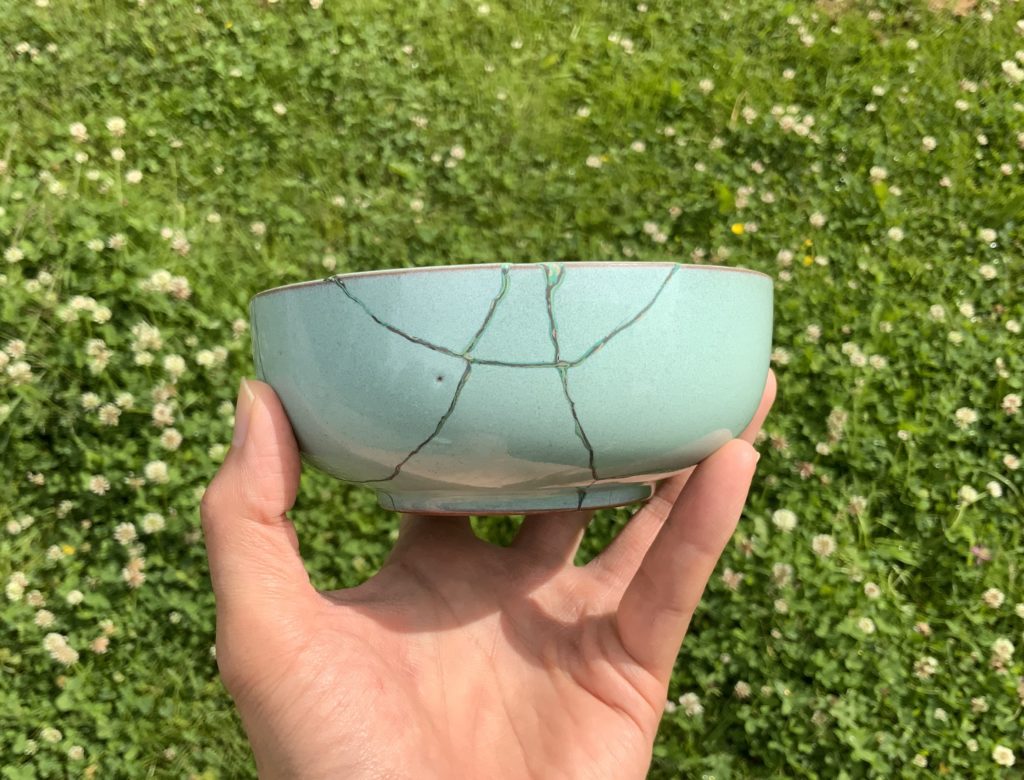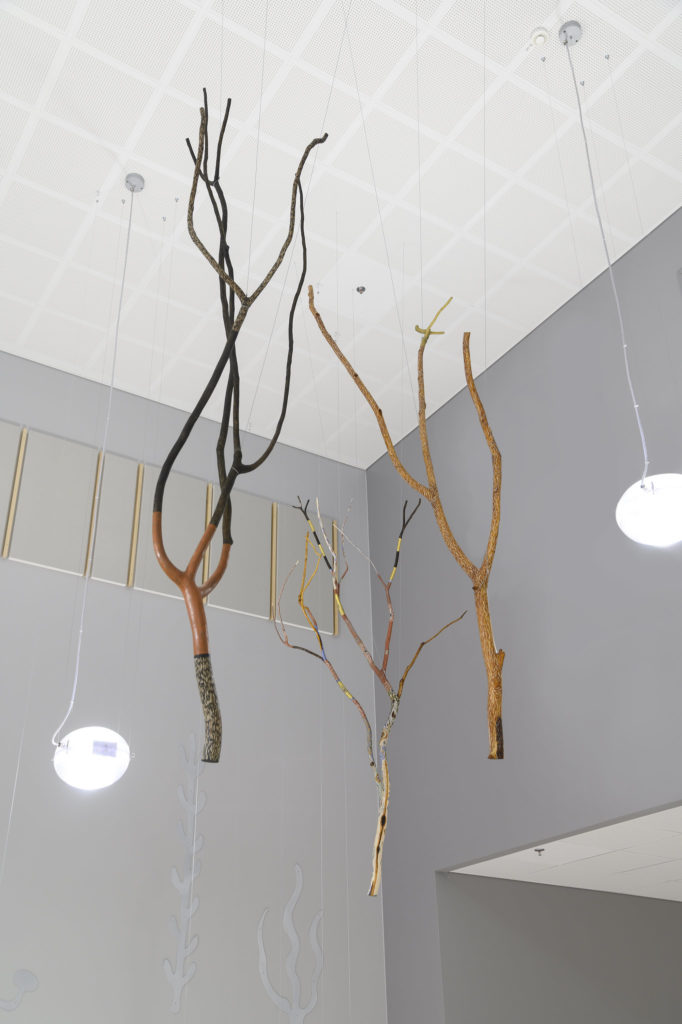11 Jul 2020
Interview
MAYUMI NIIRANEN-HISATOMI: THE ORIGIN OF OBJECTS
Mayumi Niiranen-Hisatomi is a Finland-based Japanese artist who produces works in a wide range of mediums, including painting, textile, installation and text. Mayumi’s residency is realised in the context of the Helsinki Design Residency Programme in collaboration with Strelka Institute, Iaspis, Helsinki Design Week and Design Museum Helsinki.

Lesson for Decomposer – Its Witnesses and Spectators / 分解者 – その証人と見物人のための習作 / digital image photography / 2016
AA: You use a wide range of media in your art: painting, design, repairing, textiles, natural materials such as flax or birch, natural dyes, and so on. Can you tell us a bit about your chosen materials, techniques and how you use them?
MN-H: My work aims at investigating the fundamentals and the origin of objects that include products, materials and even artworks. I choose techniques and materials according to the concepts of each project/work. So, I have ended up using a wide range of media. In my work, I’m also trying to reveal and visualise the labour of others related to the objects.

My mother’s bowl. Broken by my father first, and next by me. Repaired by me with kintsugi technique. Owned by my mother / Urushi + green, white and blue pigment / 2020 (during the corona-pandemic)
AA: You are currently working with traditional Japanese techniques such as kintsugi and urushi. In your designs and artworks, is it important for you to stress the value of an object through the process of repairing it?
MN-H: Yes.
AA: You have also used Finnish traditional weaving techniques such as ryijy in your work. How important is tradition to you?
MN-H: When we see objects and acknowledge the tradition in them, then there are millions of things we can learn – at least I can trace the creators’ appreciation for each object and also the materials they used while making. Finding someone’s gratitude towards objects lies on the opposite side of today’s consumer society, so I think it’s important to know that feeling/act.

Making of the ryijy work / Photo by Sini Sarén / 2018
AA: Most of your work seems to relate to ideas of resilience, process, and connection with nature. Do you enjoy time-consuming processes?
MN-H: Yes, I do. I think the time-consuming processes are healthier for our society, after all.
AA: What are you currently working on and what are your plans for the future? Do you have any exhibitions coming up?
MN-H: Soon I’ll go to a forest in Pieksämäki to make new rock paintings (kalliomaalauksia) with urushi sap and falu red pigment (punamulta). In the autumn time, I’ll make a picture for a board game made in Kainuu and I will weave the rest of the 2.5 m × 6 m ryijy which I started already in 2017. It seems I have many things to do, so now it’s good to look at my cat who does absolutely nothing at home other than daydreaming.

Urushi (+ pigment, wheat flour, soil and tin & brass powder) on branch. Subscriber: Kainuu Social Welfare and Health Care Joint Authority (Kainuun sote) / 2020 / Photo by Pekka Agarth
Photos provided by the artist.
Read more:
